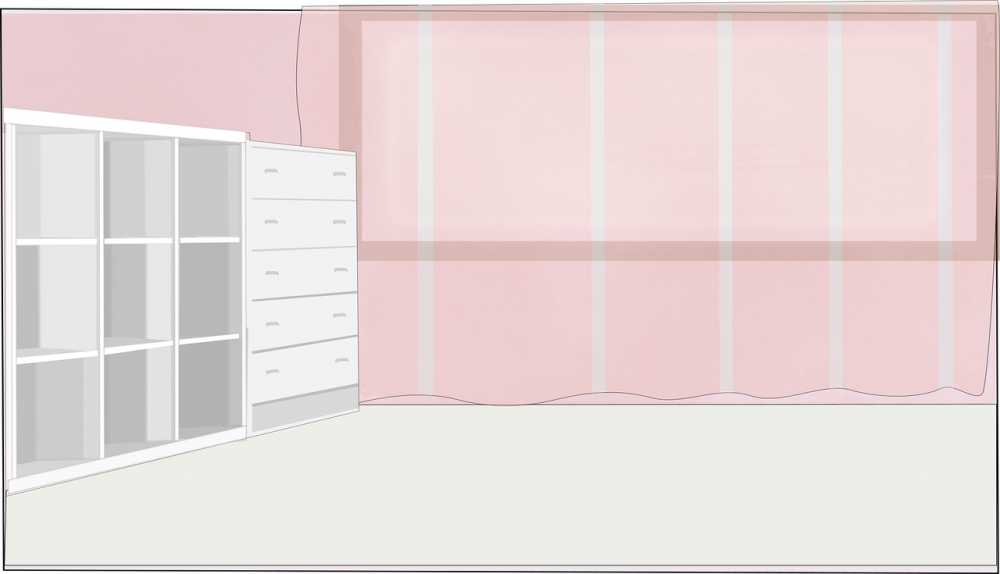[Idea Guest Rooms: A Comprehensive Guide to Unleashing Creativity]
![[Idea Guest Rooms: A Comprehensive Guide to Unleashing Creativity]](https://villa-posten.se/wp-content/uploads/2023/08/pixabay-5048215.png)
Idea Guest Rooms: A Comprehensive Guide to Unleashing Creativity
Introduction:

In a world that thrives on creative thinking and innovation, the concept of idea guest rooms has gained significant attention. These spaces are designed to stimulate creativity, encourage collaboration, and provide an inspiring environment for individuals to generate and develop new ideas. In this article, we will delve into the world of idea guest rooms, exploring what they are, the different types available, their popularity, and their impact on creative thinking.
Understanding Idea Guest Rooms
An idea guest room is a designated space within a workplace, educational institution, or even a personal residence where individuals can gather to brainstorm, exchange ideas, and nurture creativity. These rooms are typically designed to be visually appealing, comfortable, and equipped with resources that facilitate idea generation. They serve as a sanctuary for individuals seeking a break from their everyday environments, encouraging them to think outside the box and explore new possibilities.
Exploring Different Types of Idea Guest Rooms
There are several types of idea guest rooms, each catering to diverse needs and preferences. Some popular variations include:
1. Collaborative Spaces: These rooms are designed to foster teamwork and support group brainstorming sessions. They often feature flexible seating arrangements, whiteboards, and interactive technology to facilitate idea sharing and collaboration.
2. Quiet Retreats: Ideal for individuals who prefer solitude, these guest rooms offer a serene environment conducive to introspection and focused thinking. They may include comfortable seating, natural lighting, and calming elements such as plants or artwork.
3. Technology-Driven Rooms: These idea guest rooms are equipped with state-of-the-art technology, such as virtual reality setups, interactive displays, or advanced audiovisual systems. They provide individuals with the tools to explore their ideas using the latest technological innovations.
Quantitative Measurements of Idea Guest Rooms
To further understand the impact of idea guest rooms, various quantitative measurements have been conducted. Studies have shown that organizations that invest in these spaces witness increased employee engagement, higher levels of innovation, and improved problem-solving abilities. Surveys indicate that individuals who utilize idea guest rooms feel more inspired, motivated, and eager to contribute their ideas.
Differentiating Between Idea Guest Rooms
Despite their common goal of nurturing creativity, idea guest rooms differ in terms of design, amenities, and intended use. Some spaces may prioritize comfort and relaxation, while others focus on providing cutting-edge technology for experimentation. Moreover, certain guest rooms may be exclusively reserved for specific departments or teams within an organization, tailoring the environment to their specific needs and fostering a sense of ownership.
A Historical Overview of Pros and Cons
Throughout history, idea guest rooms have evolved, adapting to the changing needs and expectations of individuals and organizations. Initially, guest rooms solely served as places for relaxation, providing individuals with a break from their regular routines. However, as the importance of creativity and innovation became more recognized, these spaces transformed into hubs for ideation and collaborative thinking.
Advantages of idea guest rooms include:
1. Enhanced creativity: The dedicated nature of these rooms helps individuals focus solely on generating ideas, eliminating distractions and fostering a creative mindset.
2. Increased collaboration: By offering a space dedicated to collaboration, teams can come together, share perspectives, and build upon each other’s ideas.
3. Improved morale and engagement: Idea guest rooms can boost employee satisfaction and create a sense of community by providing an environment that values and encourages creative thinking.
However, there are also potential drawbacks to consider:
1. Accessibility limitations: Idea guest rooms may not be available to all individuals within an organization, limiting access to certain teams or departments.
2. Maintenance challenges: These spaces require regular upkeep, ensuring that equipment, furniture, and resources are in good condition and readily available.
Conclusion:
Idea guest rooms have become integral to fostering innovation, creativity, and collaboration in various settings. Whether in the workplace, educational institutions, or personal residences, these spaces provide individuals with a platform to explore and develop their ideas. By embracing the concept of idea guest rooms, organizations and individuals can unlock their full creative potential and propel themselves into a future fueled by innovative thinking.





